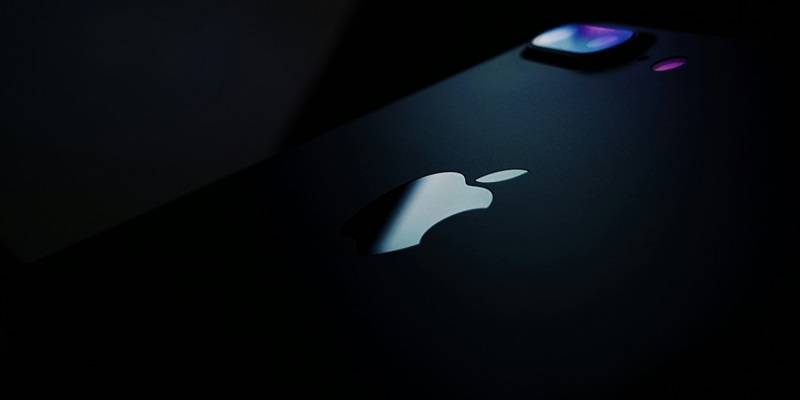In a significant shift poised to reshape the technological landscape, Apple announced plans to integrate its in-house 5G technology into future mobile devices. According to renowned analyst Ming-Chi Kuo, the upcoming iPhone SE 4, expected to hit the market between January and March 2025, will showcase Apple’s proprietary 5G modem for the first time. This strategic move marks a departure from Apple’s longstanding reliance on Qualcomm’s chipsets, highlighting the company’s ambition to enhance self-reliance in its technological components. The shift is not just a simple update but a calculated maneuver to gain more control over the hardware ecosystem, optimize performance, and potentially reduce costs. Additionally, the iPhone SE 4 is rumored to be unique as the first contemporary flat-edged iPhone featuring a single rear camera, setting it apart in Apple’s lineup.
While the iPhone SE 4 will serve as the first device to benefit from this technological overhaul, Apple is also preparing an entirely new model, the iPhone 17 Slim. Scheduled for release in the third quarter of 2025, this model is anticipated to include the same in-house 5G technology. The 17 Slim is expected to stand out not just for its cutting-edge connectivity but also for its design, potentially utilizing advanced materials like titanium to offer a thinner profile. This design choice could position it as a formidable contender in the premium smartphone category, directly challenging Apple’s own Pro Max variant. Despite these exciting advancements, it is important to note that the iPhone 17 Pro series will continue to use Qualcomm’s 5G modems until at least 2026, as Apple fulfills its existing purchase agreements with the chip manufacturer.
Strategic Shift Toward Self-Reliance
The gradual transition to Apple’s proprietary 5G modems signifies more than just a technical upgrade; it marks a strategic pivot aimed at reducing dependency on third-party suppliers. Over the years, Apple has progressively sought to control more aspects of its hardware and software environment, and this move reinforces that trend. By developing its own 5G modems, Apple aims to achieve tighter integration between its devices’ components, ensuring that they work seamlessly together. This level of control allows Apple to optimize performance and may lead to cost savings in the long run, as the company will no longer need to rely on Qualcomm’s more expensive chipsets.
This strategy aligns with Apple’s broader vision of creating a fully integrated ecosystem where hardware and software work in perfect harmony. The benefits extend beyond just cost and performance. Owning the technology means Apple can innovate more freely, tailoring the capabilities of its 5G modems to meet specific requirements and future-proofing its devices against upcoming technological shifts. This could offer a considerable competitive edge in a saturated smartphone market, where differentiation often comes down to nuanced, high-performance details. It also underscores a growing trend in the tech industry, where giants are increasingly looking to bring more of their manufacturing and technological development in-house.
Design Innovations and Market Position
In a major shift likely to transform the tech world, Apple has unveiled its plan to incorporate its own 5G technology into future devices. Analyst Ming-Chi Kuo reveals that the upcoming iPhone SE 4, set to debut between January and March 2025, will feature Apple’s in-house 5G modem. This marks Apple’s move away from Qualcomm chipsets, reflecting its aim to boost self-reliance, optimize performance, and possibly cut costs. The iPhone SE 4 is also rumored to be unique, with a flat-edged design and a single rear camera, distinguishing it within Apple’s lineup.
Beyond the SE 4, Apple is also gearing up to launch the iPhone 17 Slim in the third quarter of 2025, which will harness the same in-house 5G technology. The 17 Slim is expected to offer advanced connectivity and a sleeker design, potentially featuring materials like titanium to make it thinner. This could position it as a strong competitor in the premium market, potentially challenging the Pro Max variant. However, the iPhone 17 Pro series will continue using Qualcomm’s 5G modems until at least 2026, fulfilling existing agreements with the chipmaker.

